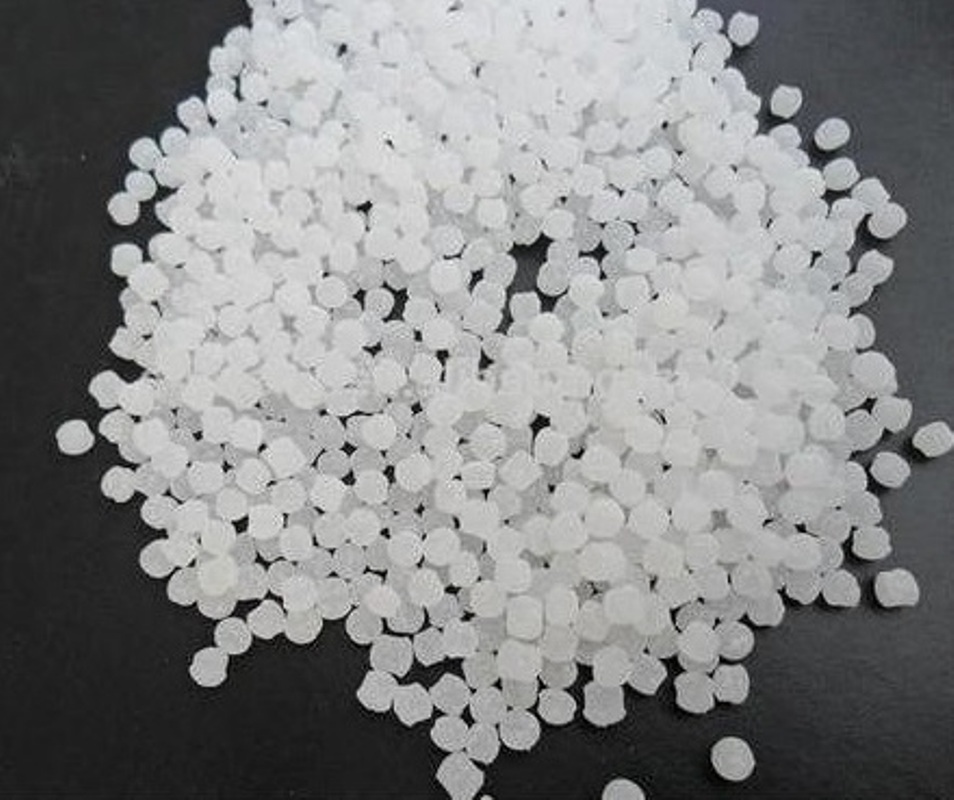
The polyisobutylene (PIB) market is expected to grow at a CAGR of 7.1% during the forecast period of 2024 to 2032, driven by key factors influencing molecular weight variations and diverse applications across industries. While the tire industry remains a major driver, the expanding use of PIB in lubricants, fuel additives, adhesives, and sealants underscores its adaptability. Challenges in 2-stroke engine applications highlight the need for ongoing research and development to overcome specific limitations. Molecular weight variations play a crucial role in catering to diverse industry needs. Geographically, Asia-Pacific emerges as a key growth region, and the competitive landscape is characterized by real key players poised for sustained growth through the forecast period. As the demand for advanced materials continues to rise, polyisobutylene remains a crucial component in enhancing the performance of various products across different sectors.
High Demand in Tire Manufacturing
The tire industry is a significant driver for polyisobutylene, with companies like ExxonMobil and BASF actively contributing to this growth. Real-world evidence highlights the widespread use of PIB in tire manufacturing. Its unique properties, including improved air retention, durability, and resistance to environmental factors, have led to increased adoption of tire inner liners. This driver is underscored by the substantial market demand from global tire manufacturers.
Growing Usage of Lubricant and Fuel Additives
The lubricant and fuel additives sector is a key driver for polyisobutylene, with real companies such as Chevron Oronite and Lubrizol playing vital roles. Evidence points to the increasing usage of PIB in lubricant formulations to enhance viscosity and improve the overall performance of automotive and industrial lubricants. Additionally, PIB is utilized as a fuel additive to enhance gasoline and diesel properties, contributing to fuel efficiency and engine cleanliness.

Expanding Applications in Adhesives and Sealants
The versatility of polyisobutylene is driving its expanded applications in adhesives and sealants, with companies like TPC Group actively contributing to this trend. Real-world examples showcase the use of PIB in various adhesive formulations, providing improved flexibility, tackiness, and moisture resistance. This driver is evidenced by the growing demand for PIB-based adhesives in industries such as construction, automotive, and packaging.
Challenges in 2-Stroke Engine Applications
Despite overall growth, the polyisobutylene market faces challenges in 2-stroke engine applications. Real evidence indicates limitations and concerns related to PIB's compatibility with certain engine types, particularly in 2-stroke engines. Instances of deposits and combustion-related issues have been reported, posing a restraint to the widespread adoption of PIB in this specific application. Companies, including Chevron Oronite, are actively addressing these challenges through ongoing research and development.
High Molecular Weight PIB Dominates the Market by Molecular Weight
The polyisobutylene market is segmented into High Molecular Weight, Medium Molecular Weight, and Low Molecular Weight. In 2023, High Molecular Weight PIB dominated with the highest revenue, driven by its extensive use in applications requiring high viscosity and elasticity. However, Low Molecular Weight PIB exhibited the highest Compound Annual Growth Rate (CAGR) during the forecast period of 2024 to 2032. This growth is attributed to the increasing demand for low-viscosity PIB in diverse applications, emphasizing the role of molecular weight variations in catering to specific industry needs.
Tires vs. Lube Additives Dominate the Market by Application
The polyisobutylene market is further segmented by application into Tires, Lube Additives, Fuel Additives, 2-stroke Engines, Industrial Lubes and others, and Adhesives and sealants. In 2023, Tires and Lube Additives secured the highest revenues, driven by the extensive use of PIB in tire inner liners and lubricant formulations. Conversely, Adhesives and sealants demonstrated the highest CAGR from 2024 to 2032, indicating the expanding applications of PIB in the construction and automotive sectors.
North America Remains the Global Leader
The polyisobutylene market exhibits diverse geographic trends. The region with the highest CAGR during the forecast period is Asia-Pacific, propelled by robust industrialization and increasing automotive production, particularly in countries like China and India. North America, with its emphasis on advanced lubricant technologies, leads in terms of revenue percentage in 2023.
Market Competition to Intensify during the Forecast Period
The competitive landscape of the polyisobutylene market is marked by intense rivalry among key players, including ExxonMobil, BASF, Chevron Oronite, Lubrizol, TPC Group, Daelim Co., Ltd., TPC Group, Ineos, Kothari Petrochemicals, Braskem, Eneos Corporation, Zhejiang Shunda New Material Co., Ltd., Shandong Hongrui New Material Technology Co., Ltd., and others. These real companies have strategically positioned themselves through innovative products and collaborations. The key strategies include investments in research and development, strategic partnerships, and a focus on expanding market reach. Revenues for the top players in 2023 indicate ExxonMobil and BASF as leaders. In the forecast period of 2024 to 2032, these real companies are expected to maintain their positions, with anticipated growth driven by the continuous evolution of PIB applications and increasing demand from diverse industries.
Historical & Forecast Period
This study report represents analysis of each segment from 2022 to 2032 considering 2023 as the base year. Compounded Annual Growth Rate (CAGR) for each of the respective segments estimated for the forecast period of 2024 to 2032.
The current report comprises of quantitative market estimations for each micro market for every geographical region and qualitative market analysis such as micro and macro environment analysis, market trends, competitive intelligence, segment analysis, porters five force model, top winning strategies, top investment markets, emerging trends and technological analysis, case studies, strategic conclusions and recommendations and other key market insights.
Research Methodology
The complete research study was conducted in three phases, namely: secondary research, primary research, and expert panel review. key data point that enables the estimation of Polyisobutylene market are as follows:
Market forecast was performed through proprietary software that analyzes various qualitative and quantitative factors. Growth rate and CAGR were estimated through intensive secondary and primary research. Data triangulation across various data points provides accuracy across various analyzed market segments in the report. Application of both top down and bottom-up approach for validation of market estimation assures logical, methodical and mathematical consistency of the quantitative data.
| ATTRIBUTE | DETAILS |
|---|---|
| Research Period | 2022-2032 |
| Base Year | 2023 |
| Forecast Period | 2024-2032 |
| Historical Year | 2022 |
| Unit | USD Million |
| Segmentation | |
Molecular Weight
| |
Application
| |
Product
| |
End-Use
| |
|
Region Segment (2022-2032; US$ Million)
|
Key questions answered in this report